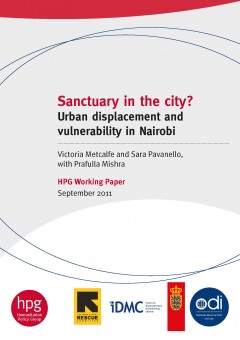Towards Enhanced Resilience in City Design: A Proposition
When we use the urban metabolism model for urban development, the input in the model is often valuable landscape, being the resource of the development, and output in the form of urban sprawl, as a result of city transformations. The resilience of these “output” areas is low. The lack of resilience is mainly caused by the inflexibility in these areas where existing buildings, infrastructure, and public space cannot be moved when deemed necessary.










